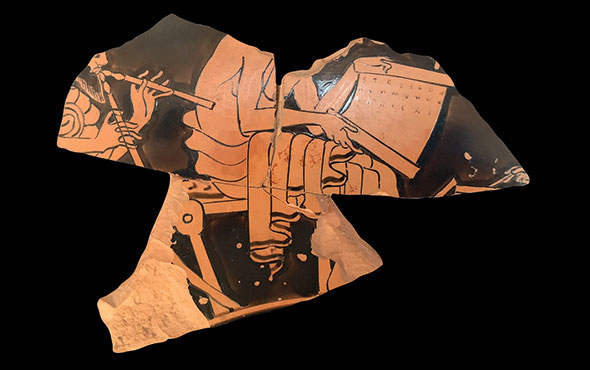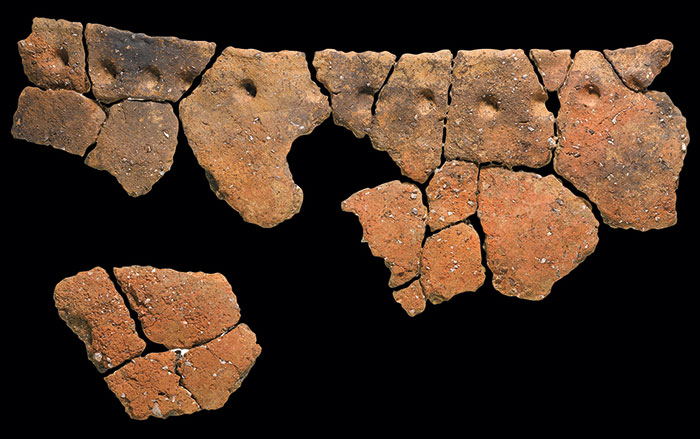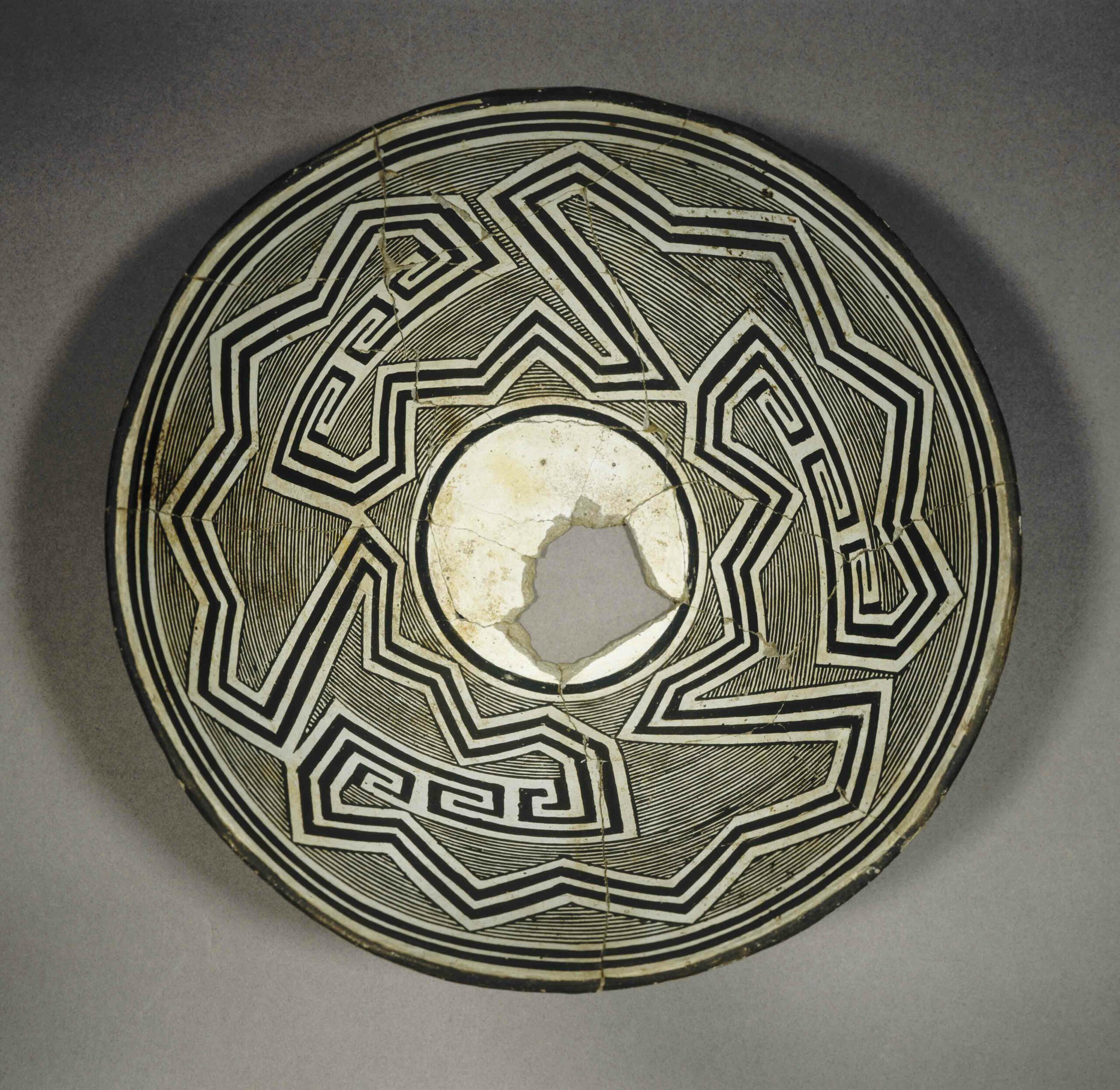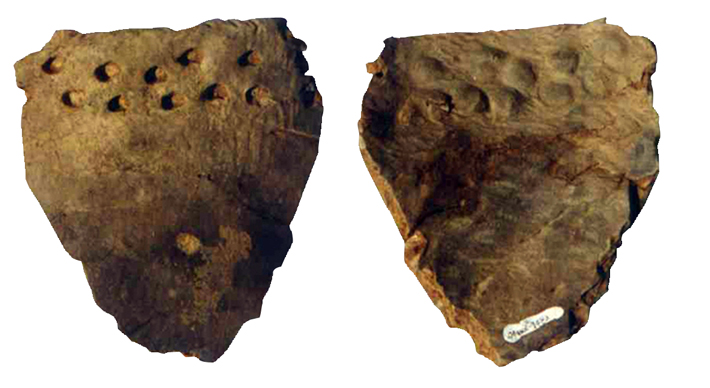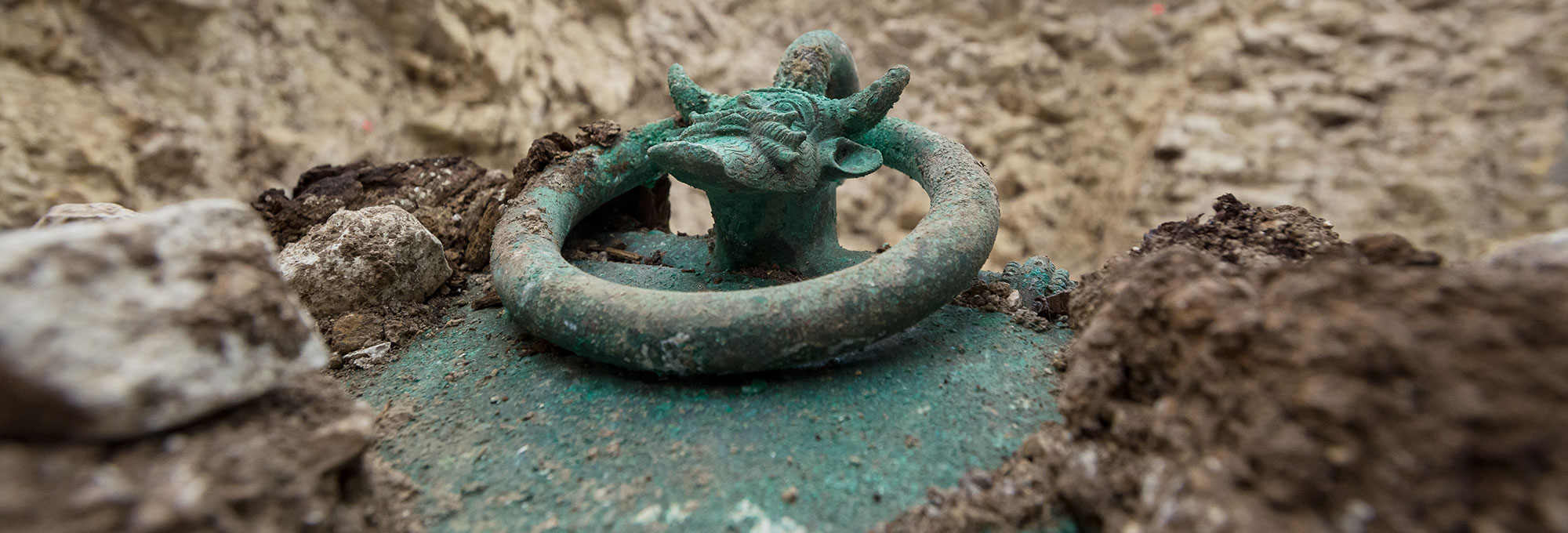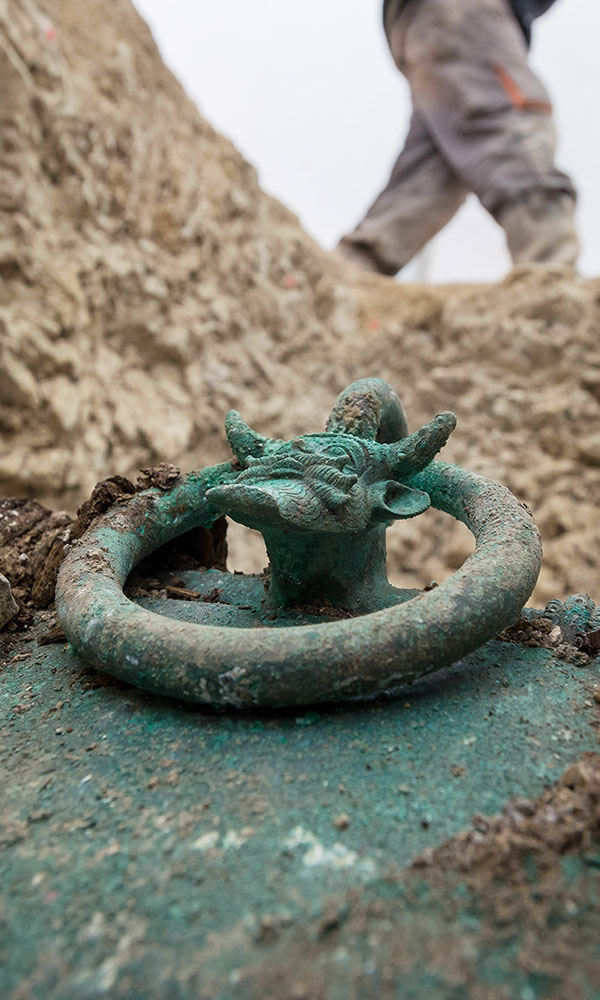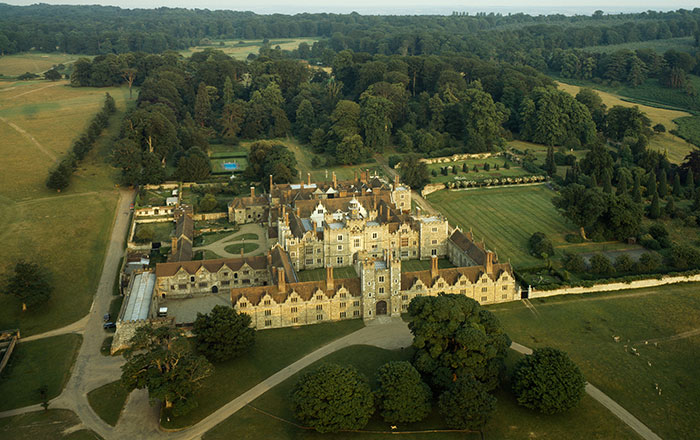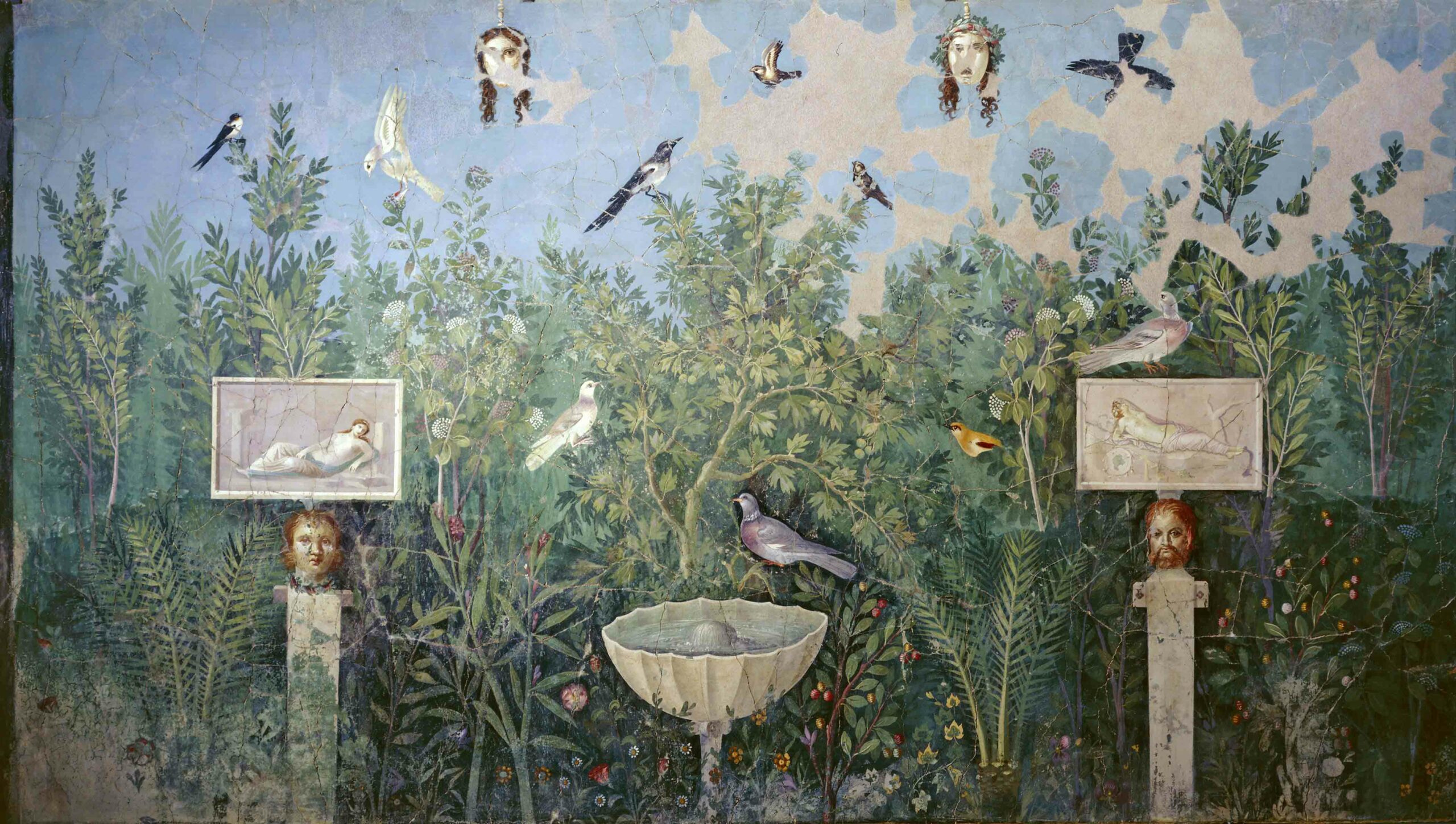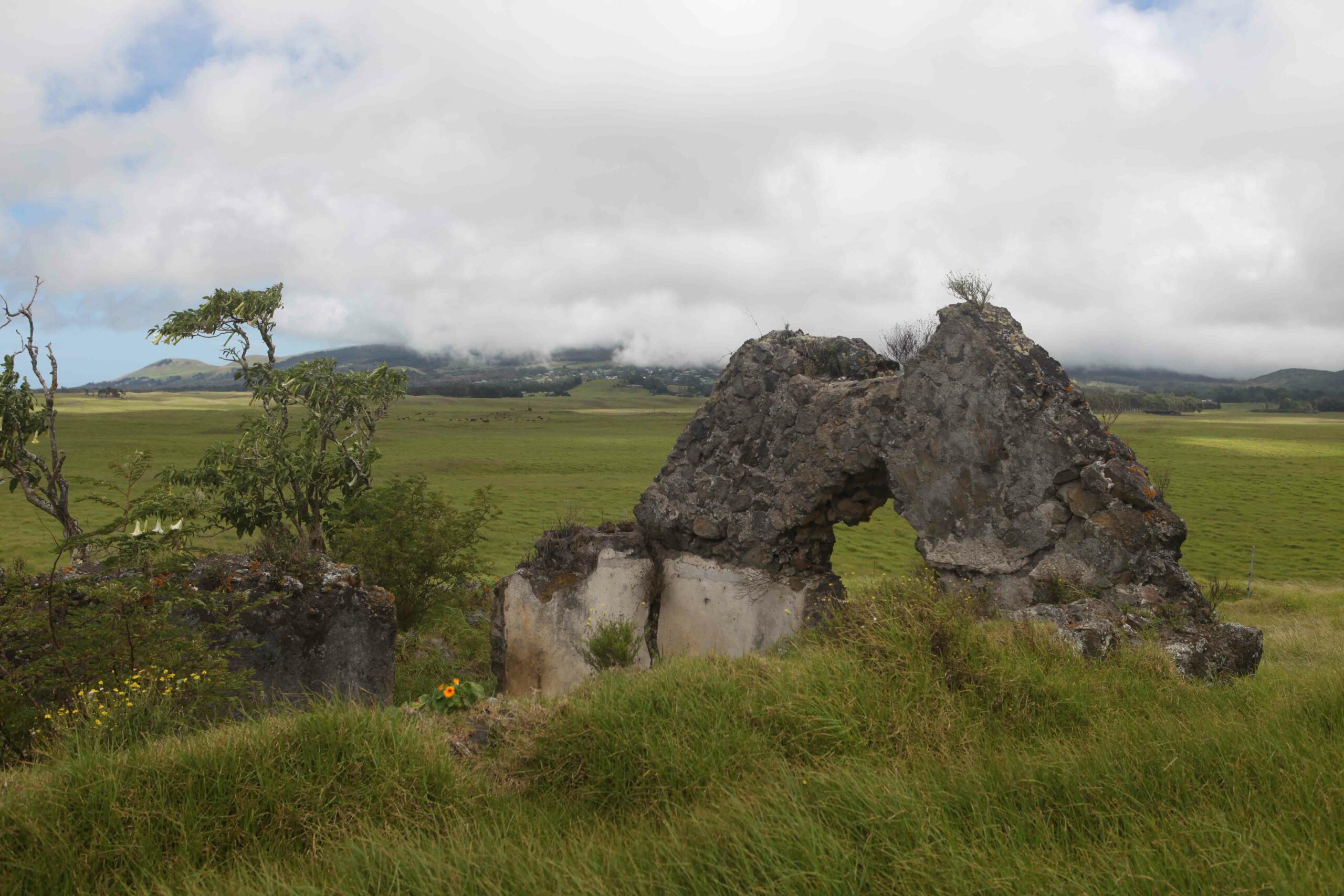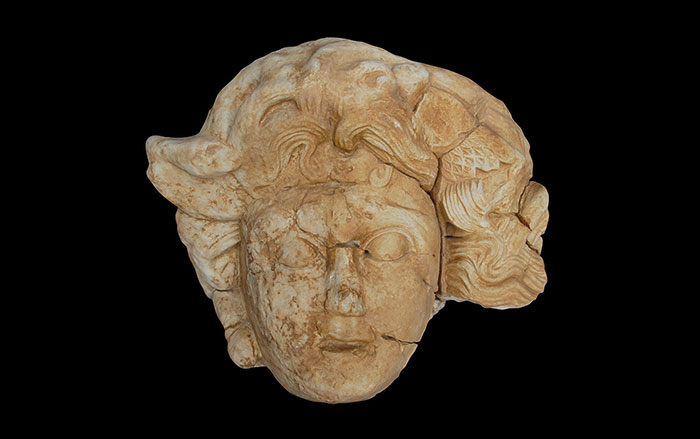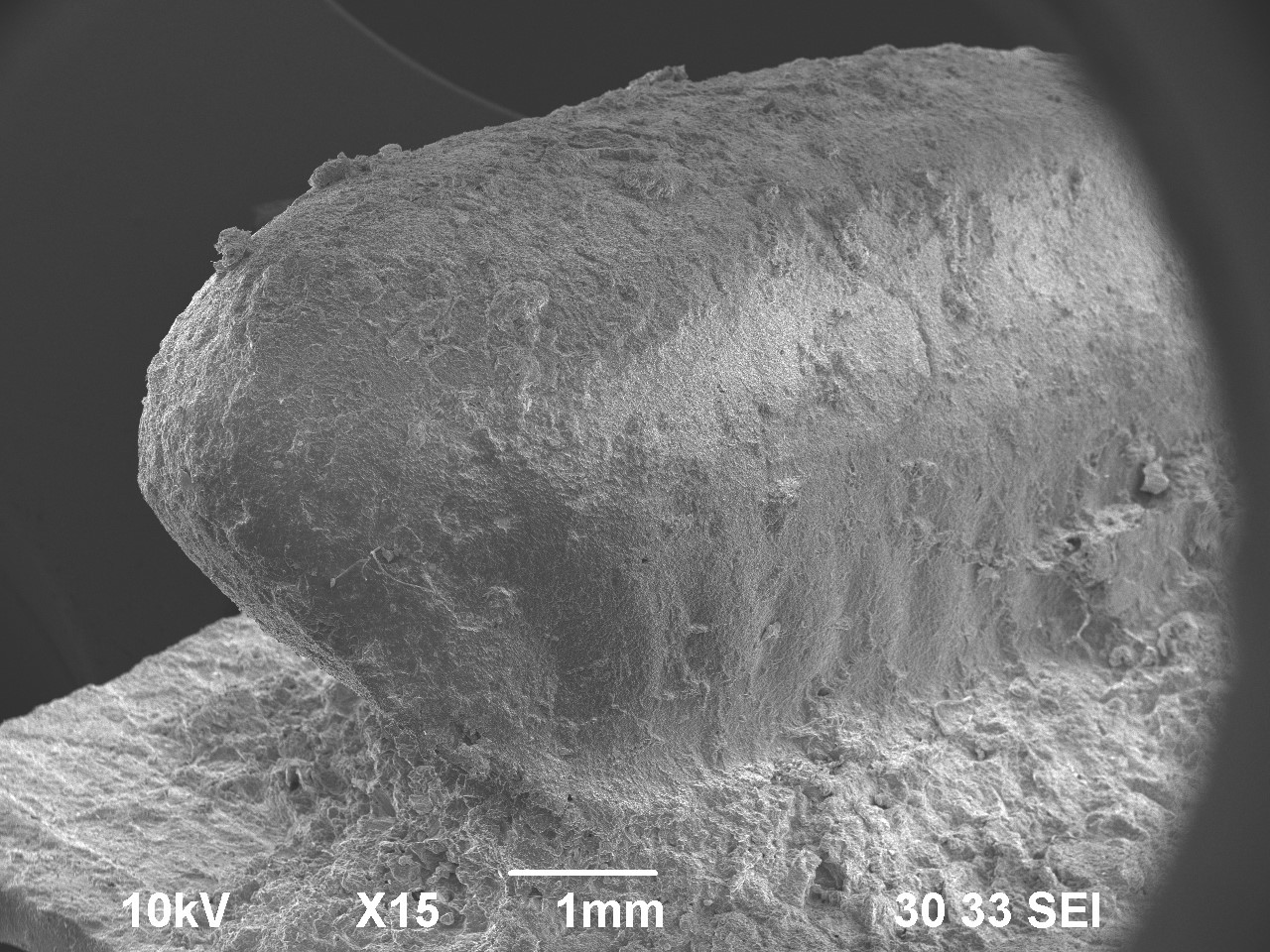
KUMAMOTO, JAPAN—Researchers led by Hiroki Obata of Kumamoto University made silicon casts of 4,000-year-old pottery unearthed from the late Jomon Period site of Motonabaru, located in southern Japan. They then used a scanning electron microscope to examine the surfaces of the resulting replicas, and found that the impressions were made by egg cases left by the smoky brown cockroach, or Periplaneta fuliginosa. Native to southern China, the smoky brown cockroach was first identified in Japanese artworks and literature from the eighteenth century. Earlier depictions of roaches were thought to represent domestic varieties. Obata and his colleagues have also found impressions left by the maize weevil in pottery from the site. “The maize weevil is a type of harmful insect that eats stored starch food materials such as acorns or chestnuts, which are known to be typical stored food for that period in Japan. The existence of many maize weevils and cockroaches shows that these ancient humans lived settled lifestyles,” he explained. For more on the history of insects, go to "Ant Explorers."


